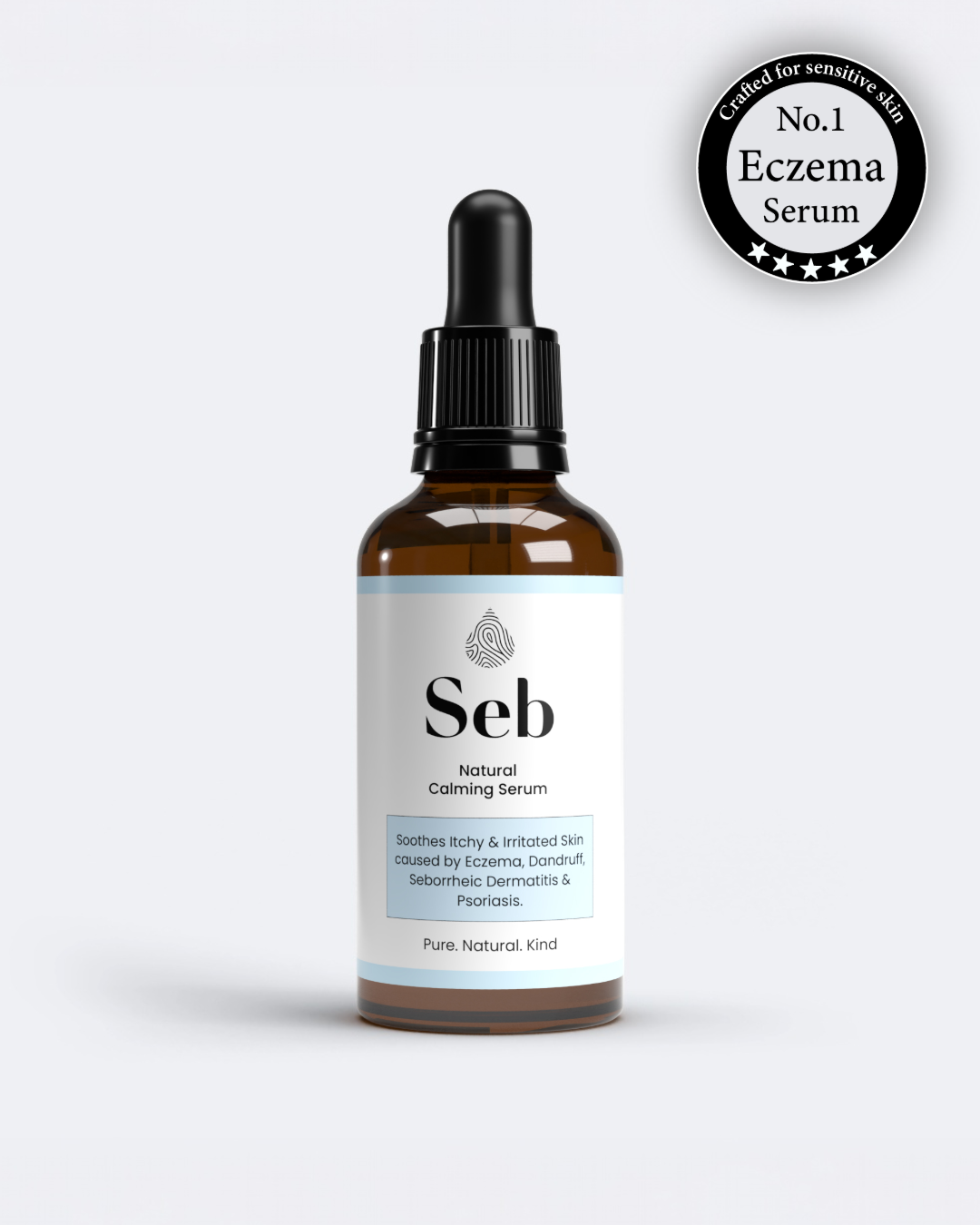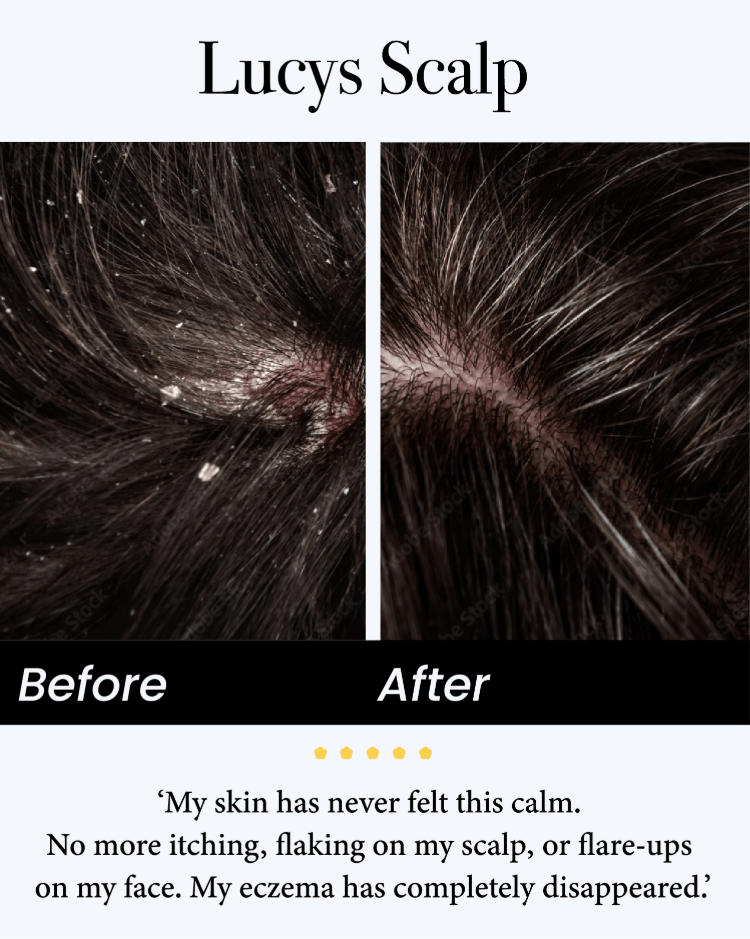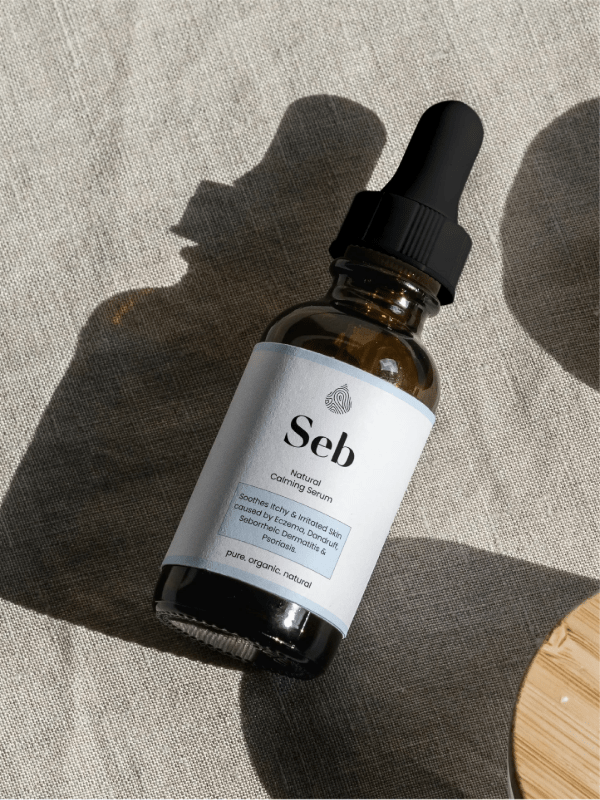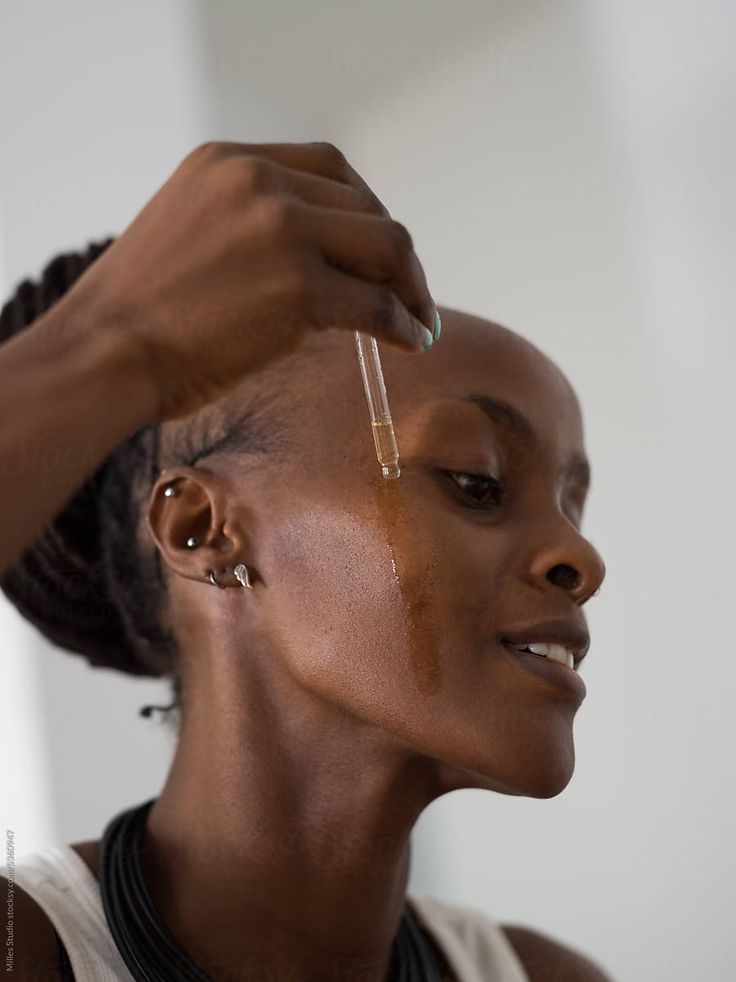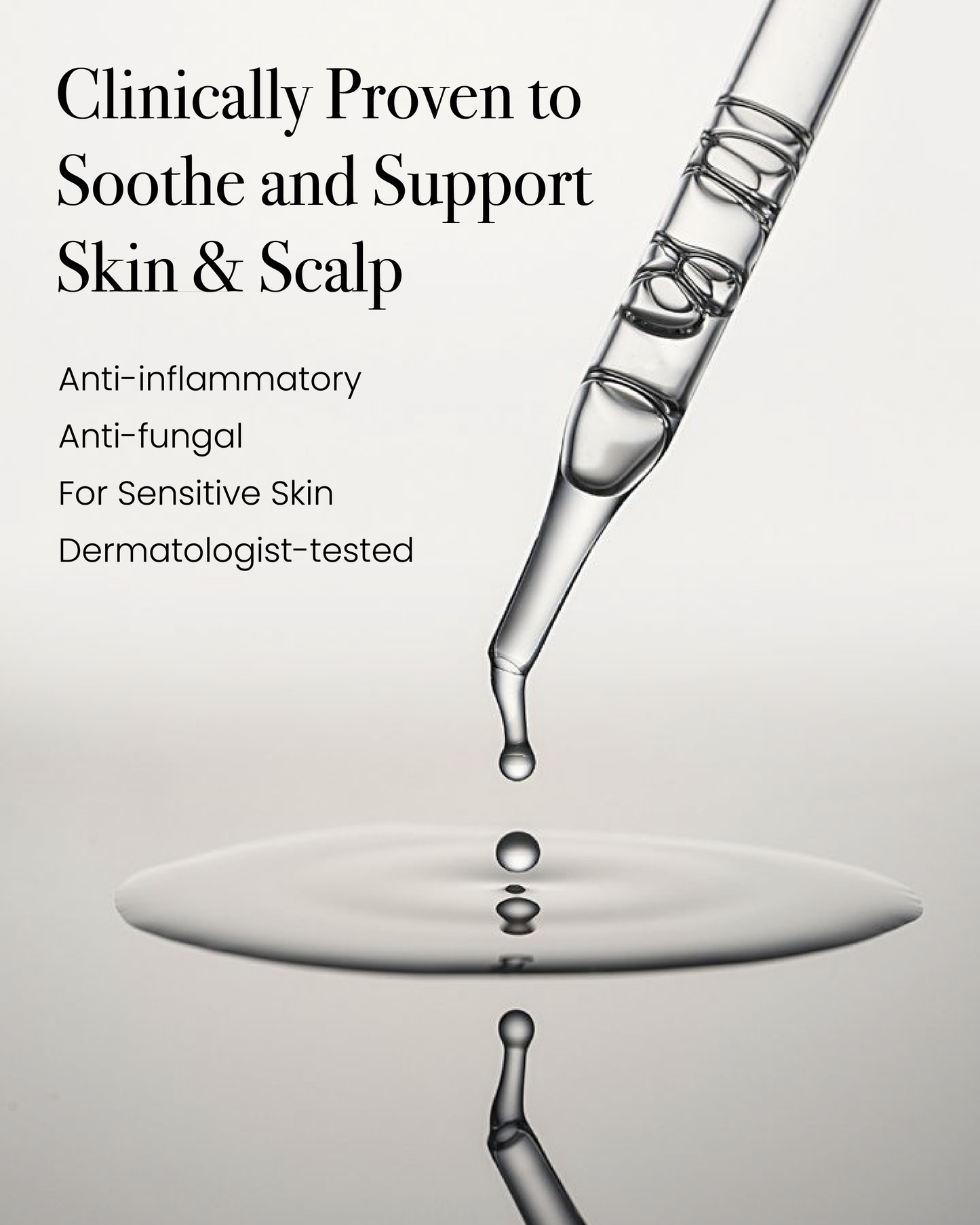
What Triggers Seborrheic Dermatitis Flare-Ups? Foods, Stress & Weather
Seborrheic dermatitis (often called seb derm) is a chronic skin condition that causes redness, flaking, and itching, commonly around the scalp, eyebrows, nose, and sometimes behind the ears. If you live with seb derm, you’ve probably noticed that it tends to flare up unpredictably. While the condition itself is linked to oil production and yeast overgrowth on the skin, certain triggers can make symptoms worse. Understanding what can ignite a flare-up is key to managing this condition effectively. Let’s dive into the main triggers, including diet, stress, and weather.
What Foods Trigger Seborrheic Dermatitis?
While seborrheic dermatitis isn’t caused directly by diet, certain foods may exacerbate inflammation or indirectly influence flare-ups. Some common dietary triggers reported by people with seb derm include:
High-sugar foods: Excess sugar can increase inflammation in the body and potentially worsen skin conditions.
Refined carbohydrates: White bread, pasta, and pastries may spike blood sugar, which could aggravate inflammation.
Dairy products: Some individuals notice flares after consuming milk, cheese, or other dairy, possibly due to immune system interactions.
Spicy or greasy foods: While not directly linked, these can sometimes worsen redness or oiliness in sensitive individuals.
Alcohol: Alcohol can dilate blood vessels, increase redness, and may contribute to flare-ups in some people.
It’s important to note that food triggers vary from person to person. Keeping a food and symptom diary can help identify your individual triggers. Unlike eczema or psoriasis, there isn’t a universal seb derm diet, but reducing inflammatory foods and maintaining a balanced diet can support overall skin health.
Can Stress Make Seborrheic Dermatitis Worse?
Yes, stress is a well-known trigger for seborrheic dermatitis. Here’s why:
Immune system impact: Stress affects your body’s immune response, which can make the skin more reactive to yeast overgrowth.
Inflammation: Chronic stress increases inflammatory chemicals in the body, which can worsen redness, flaking, and itching.
Behavioural factors: When stressed, people often neglect skincare routines, scratch more, or change sleeping and eating habits, all of which can aggravate seb derm.
Many people notice flare-ups during high-stress periods, such as exams, work deadlines, or major life changes. Stress management techniques such as mindfulness, yoga, meditation, or simply getting enough sleep can sometimes reduce the severity of seb derm flare-ups.
Why Is Seborrheic Dermatitis Worse in Winter?
Winter often makes seborrheic dermatitis worse due to several environmental and physiological factors:
Dry indoor air: Heating systems reduce humidity indoors, drying out the skin and weakening its barrier, making it more prone to flaking and irritation.
Cold, dry outdoor air: Low temperatures strip moisture from the skin, which can trigger more redness and dryness.
Reduced sunlight: Sunlight helps control yeast growth on the skin, and shorter days in winter reduce natural UV exposure.
Temperature fluctuations: Moving between cold outdoors and heated indoors can stress the skin, worsening flare-ups.
Because seb derm thrives on oil imbalance and inflammation, winter conditions often create the perfect storm for flare-ups.
Tips for Minimising Flare-Ups
Skincare routine: Use gentle cleansers and medicated shampoos or creams like our natural soothing balm.
Moisturise: Even though seb derm is often oily, moisturising with non-comedogenic products helps protect the skin barrier.
Diet awareness: Track foods that seem to trigger your flare-ups and limit highly inflammatory foods.
Manage stress: Incorporate stress-reduction techniques into your daily routine.
Protect your skin in winter: Use humidifiers indoors, wear scarves to protect your face, and avoid long, hot showers that strip natural oils.
The Takeaway
Seborrheic dermatitis flare-ups are influenced by multiple factors, including diet, stress, and weather.
Certain foods like sugar, dairy, refined carbs, spicy foods, and alcohol may exacerbate symptoms for some individuals.
Stress can worsen flare-ups through immune and inflammatory pathways, making stress management essential.
Winter conditions—dry air, cold temperatures, reduced sunlight—can increase redness, flaking, and itching.
A combination of gentle skincare, proper hydration, mindful diet choices, and stress management can help reduce flare-ups.
Understanding your personal triggers and making proactive lifestyle changes can help you regain control over seborrheic dermatitis and reduce the frequency and severity of flare-ups. With consistent care, it’s possible to keep symptoms manageable throughout the year.


